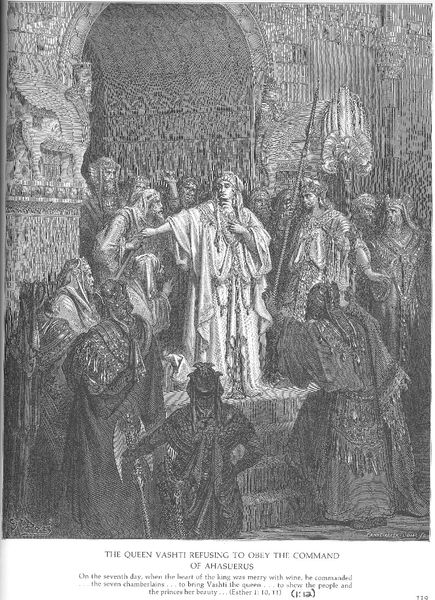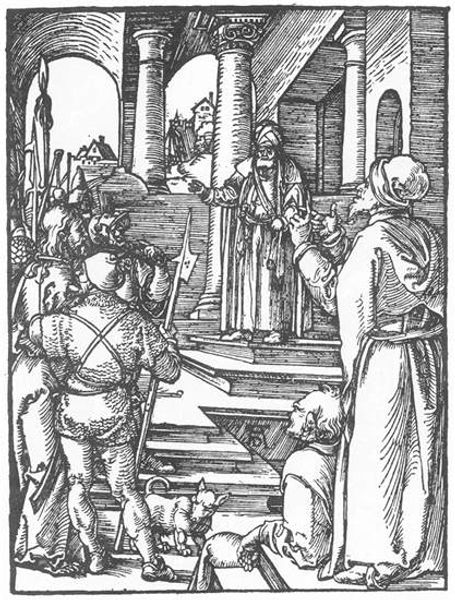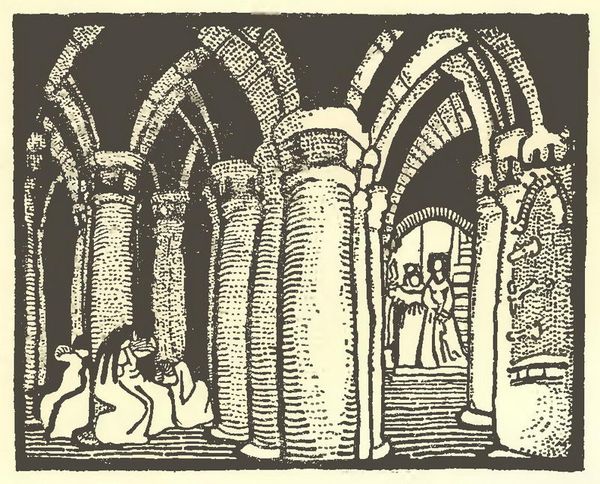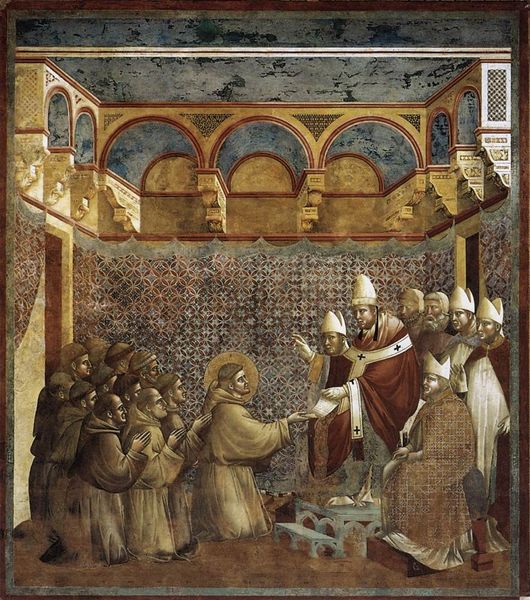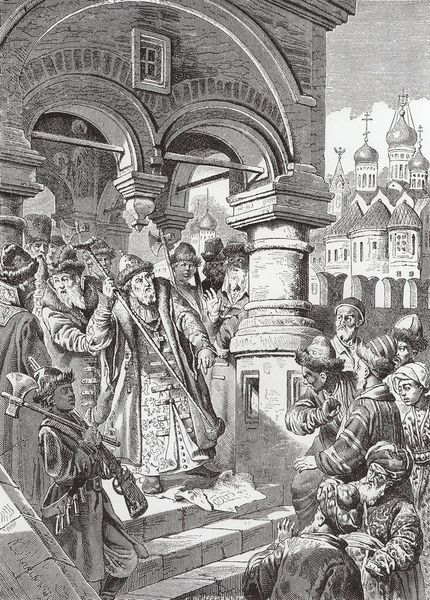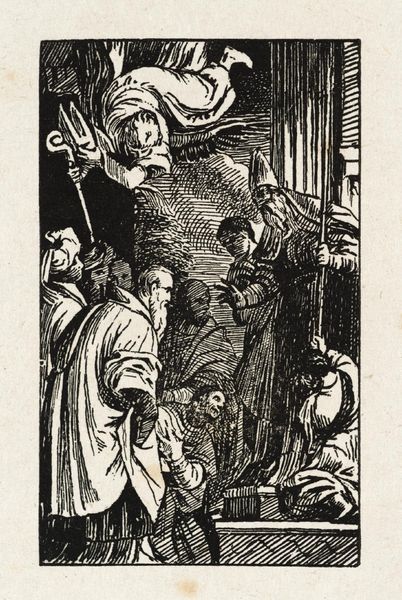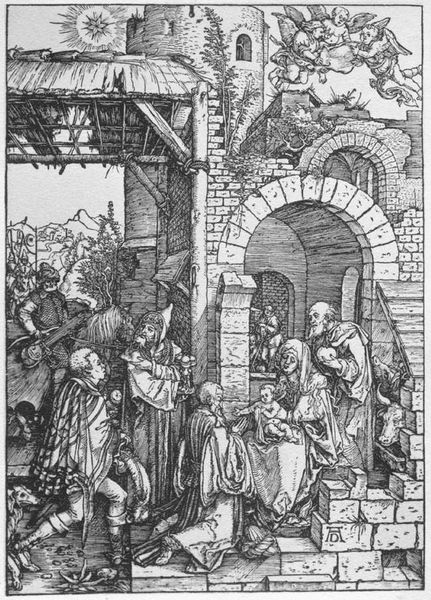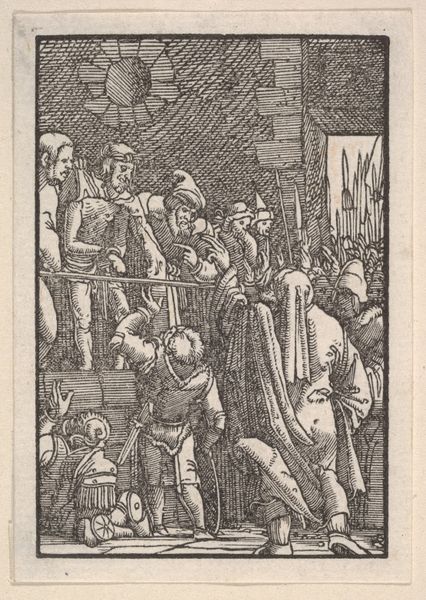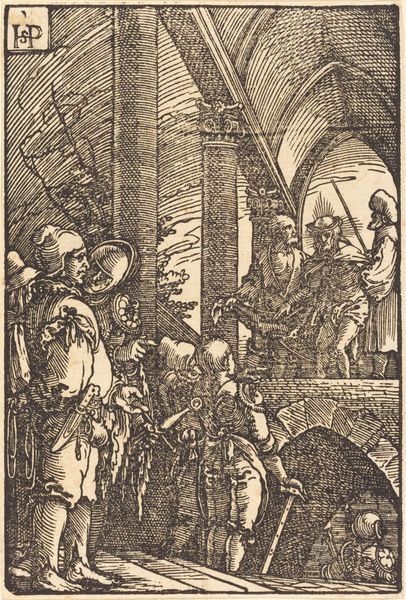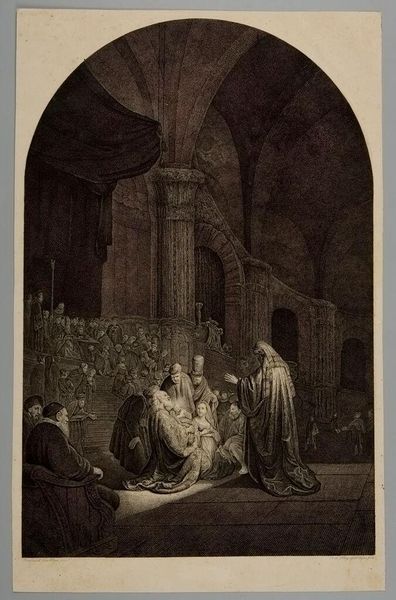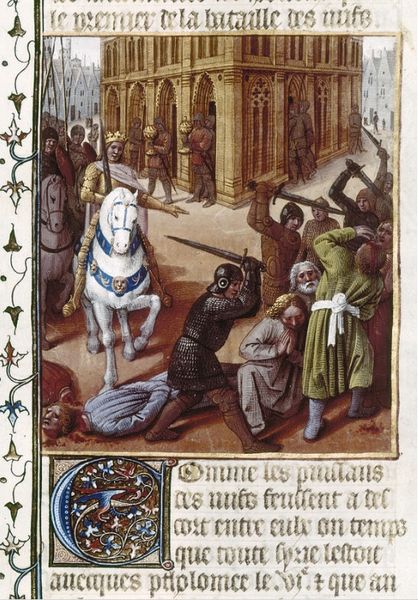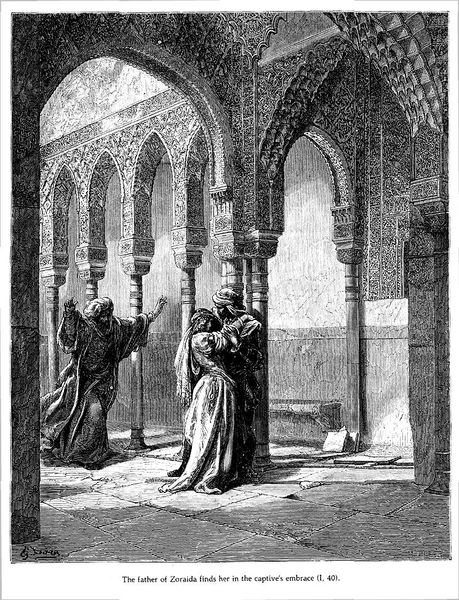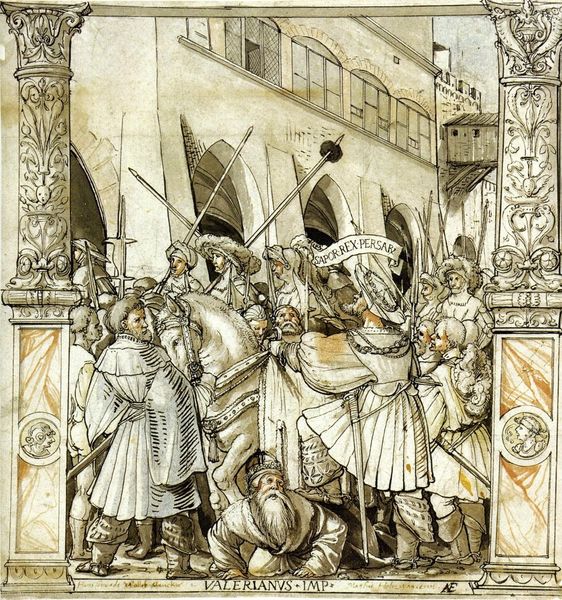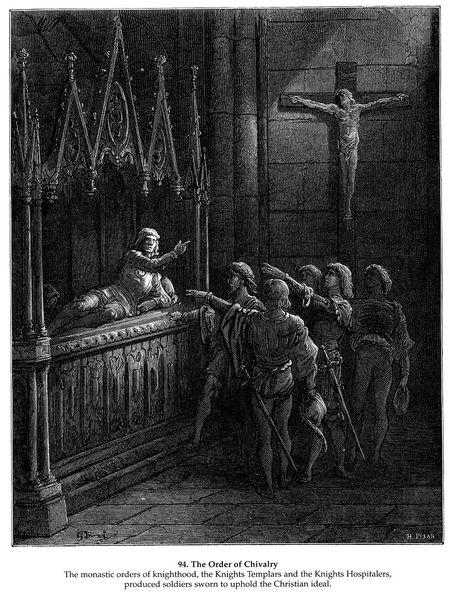
drawing
#
drawing
#
narrative-art
#
german-expressionism
#
figuration
#
history-painting
Copyright: Public domain
Curator: Let’s turn our attention to Heinrich Lefler’s "Die Bucher Der Chronika Der Drei Schwestern 5," created around 1900. As a drawing, it embodies the historical context of German Expressionism. We see strong thematic ties to narrative art and figuration. Editor: Wow, this feels like stepping right into a fairy tale—slightly unsettling, with those heart motifs. It’s visually busy but captivating. It reminds me of being read bedtime stories filled with courageous knights, shadowed castles, and weird fairytale logic. Curator: Absolutely. Lefler’s work is deeply embedded in the historical resurgence of interest in folklore and mythology in the late 19th century, with "Die Bucher Der Chronika Der Drei Schwestern 5" providing the cultural context of traditional narratives to a German Expressionist sensibility. Consider how the rise of national identity played into romanticized visions of the past. Editor: Okay, but even without the background, I’m stuck on how bizarrely the characters seem posed and performative—like they're consciously trapped inside a fable. It really brings out something almost nightmarish, maybe, in this drawing style, this faux medieval world. Is that something from the socio-political environment back then? Curator: You’ve hit on a crucial point. The use of stylized figuration reflects a move away from academic naturalism in the late 19th/early 20th century. This turn allowed artists to engage with contemporary anxieties and questions of identity—the figures exist less as individuals and more as symbolic players within the drama of social commentary and historical narrative, which fits right in with the emerging ideas around German Expressionism. Editor: The hearts also give a playing card motif. It’s this fascinating contrast. Hearts, symbols of love or courtly romance. The flags they carry, however, introduce a strange twist to the traditional historical setting. Is it some anti-war statement, a deconstruction of traditional symbols, and something along the lines of social commentary, maybe? Curator: Well, Heinrich Lefler's involvement in the Vienna Secession, particularly his decorative style influenced by the aesthetics and philosophies of Symbolism, reflects a nuanced sociopolitical undertone in that hearts might reflect the cultural themes of love, passion, or sorrow. But his association with stage design could bring dramatic and narrative expression together. So perhaps that element points back to the storytelling. It enriches the scene's broader scope by enhancing its symbolic and artistic depth within the tapestry of Viennese Modernism. Editor: All this, in one drawing, and it feels like a prelude. These kinds of themes will still be present over 100 years later. It’s wild. Curator: Yes. The conversation it triggers about visual language, social history, identity, and power? The drawing invites deep consideration about these thematic frameworks that endure and change across time and social change.
Comments
No comments
Be the first to comment and join the conversation on the ultimate creative platform.
